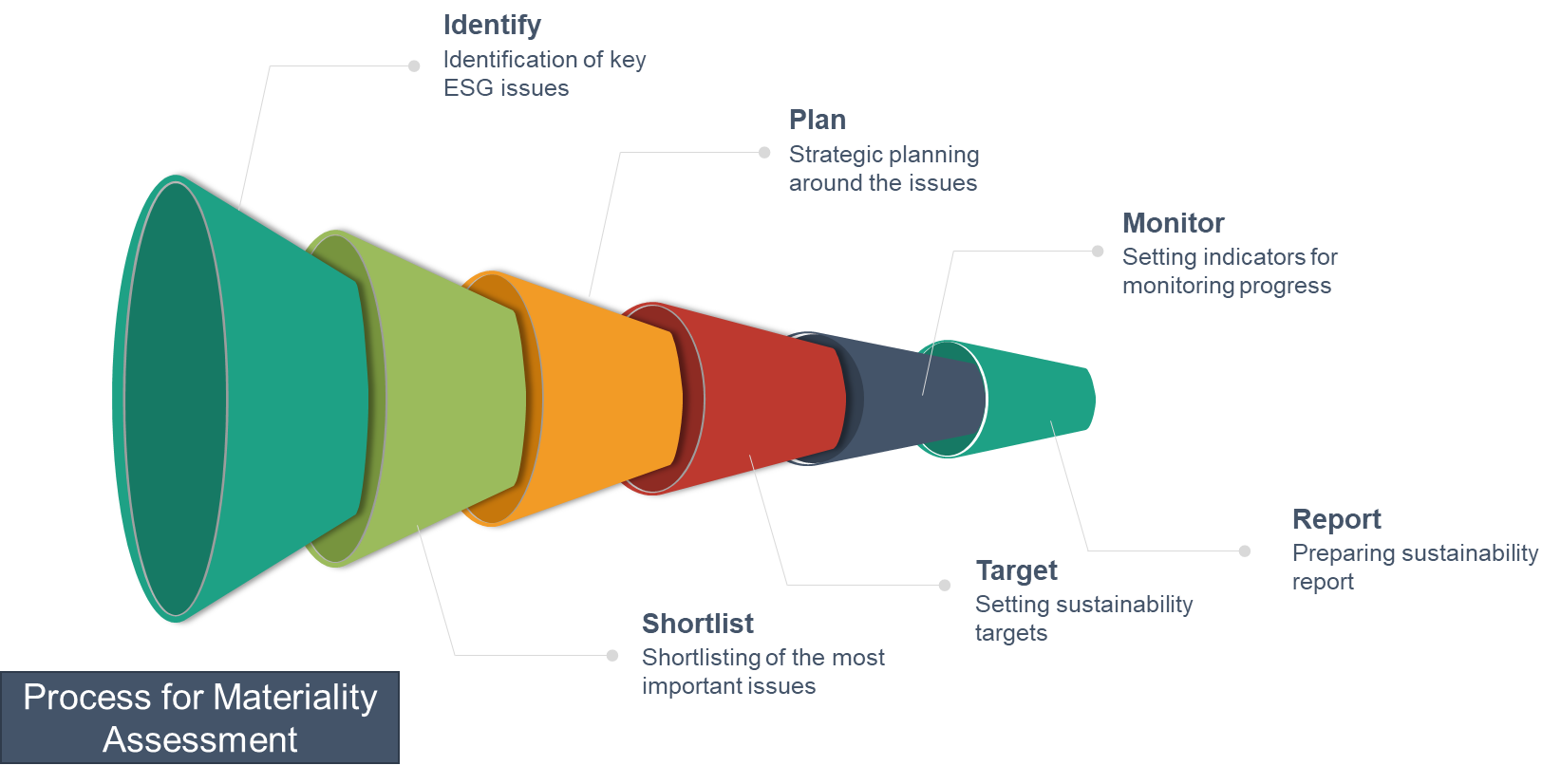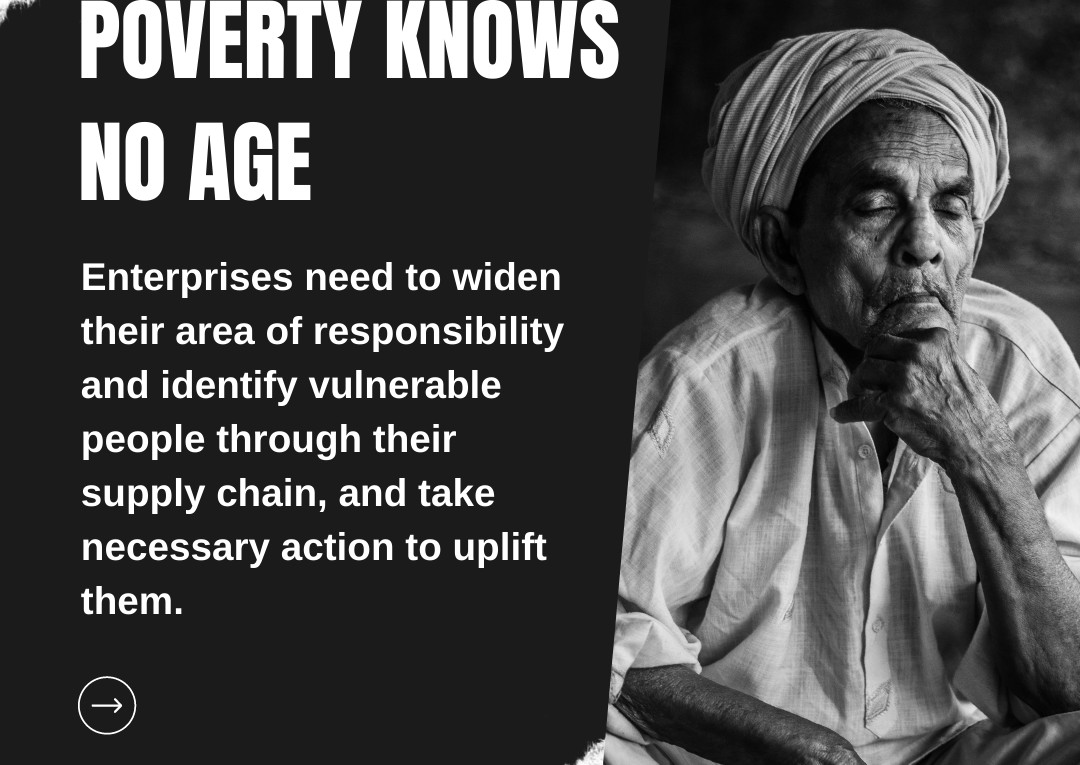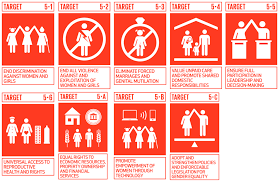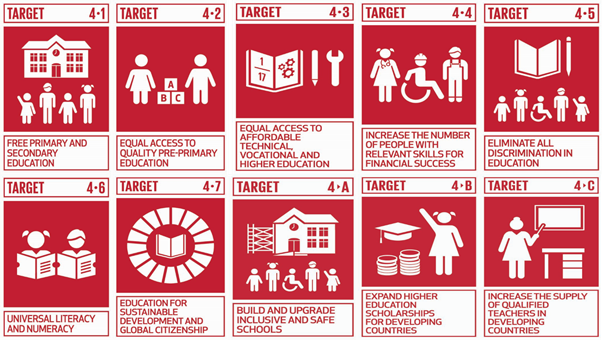The concept of sustainability has gained tremendous popularity over the past few decades and continues to take over organizational strategy in various sectors. Many companies have successfully incorporated the environmental, social and governance factors in their business process to attain sustainability and many more are willing to follow sustainable practices. But, attaining sustainability is not that easy. Changing the entire business process of a company in order to incorporate sustainable practices, puts the company’s performance and profitability at stake. Addressing each and every issue related to the ESG (environmental, social and governance) factors may not be feasible for a company. For practical and effective implementation of sustainable practices, it is important to analyse and identify the issues that are most important for a company and design a sustainability strategy accordingly, this is where the term “materiality assessment” comes into picture.
Materiality assessment is the stepping stone in a company’s path towards sustainable development. The process of materiality assessment shapes a company’s sustainability strategy and defines its reporting. It helps a company analyse risk factors and upgrade its business process for future prospects. Materiality assessment is also an important tool to meet the expectations of stakeholders.
Role of stakeholders
Stakeholders play an important role in materiality assessment as they are the people or groups that influence or get influenced by a company’s actions. For any company, there are many stakeholders within the company and outside the company, and involvement of all these stakeholders is necessary for carrying out a meaningful materiality assessment.
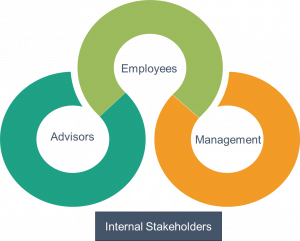
The opinion, views and advice of all the stakeholders matter a lot in developing strategy. It is very important for companies to know their stakeholders and communicate with them through stakeholder engagement programs.
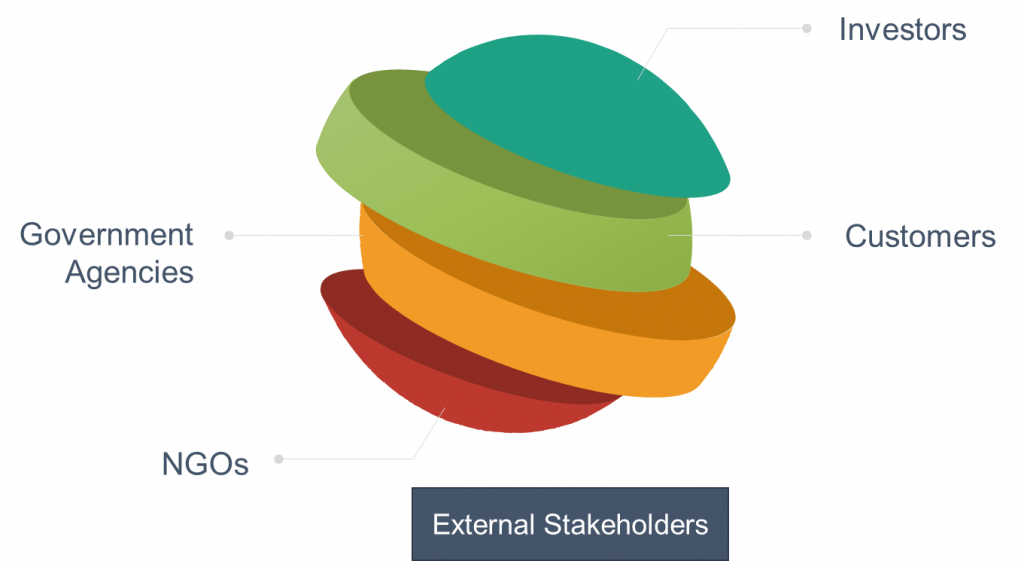
A materiality assessment can be successfully carried out through a process involving systematic plan of actions.
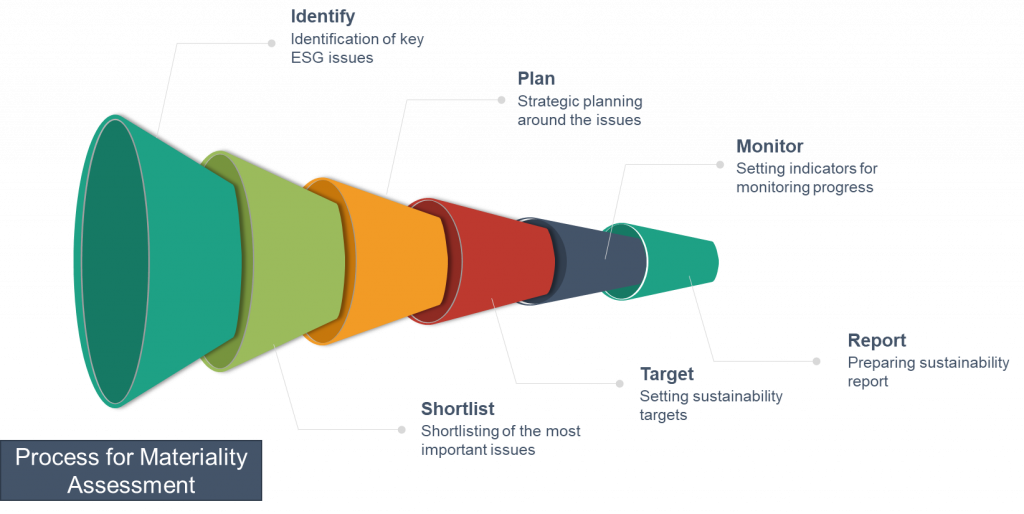
Materiality survey and matrix
Carrying out a materiality survey among stakeholders is an effective way of seeking useful information and data related to ESG issues. The survey should be designed keeping in mind the various ESG issues and their impacts. The questions should include rating of the importance of these issues on a definite scale. After conducting the survey, the results can be represented in the form of Materiality Matrix. This process helps in visualizing the findings of a materiality assessment and analyzing. Below is an example of materiality matrix of Arvind fashions. This was collected from publicly available information. One can find this information in an organisation’s sustainability report or the annual report.
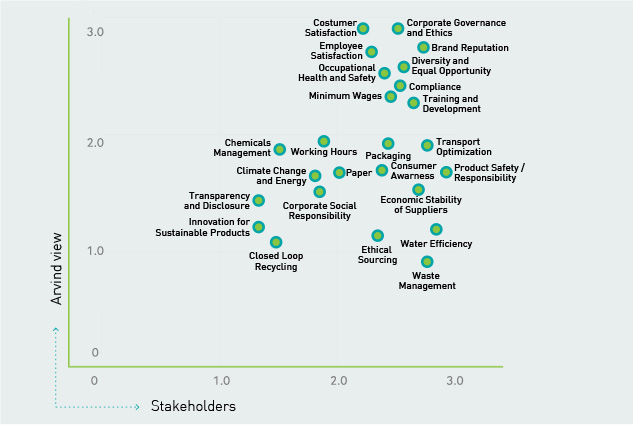
Reporting
The concept of materiality was originally used for financial reporting, but with the rising demand of sustainability, it is now being used for sustainability reporting. Materiality assessment helps in deciding which issues should be included and focussed on while preparing an effective sustainability report. To ensure transparency in sustainability reporting, GRI (Global Reporting Initiative) had launched G4 sustainability reporting guidelines in 2013. Since then the GRI framework became the most widely adopted standard for sustainability reporting, globally. Companies also consider the guidelines of SASB (Sustainability Accounting Standards Board) and IR (Integrated Reporting) for their sustainability reporting. Following proper reporting guidelines enables a company to communicate it’s sustainability programme and performance to its stake holders and customers.
With investors becoming aware of SDGs and making investments through the SDG lens the SDG (Sustainable Development Goals) framework is fast becoming a favourable choice of SMBs as well as Start-ups for their sustainability review.
The entire process of materiality assessment helps companies in managing risks, refining and upgrading their strategy and building trust among its stake holders.
